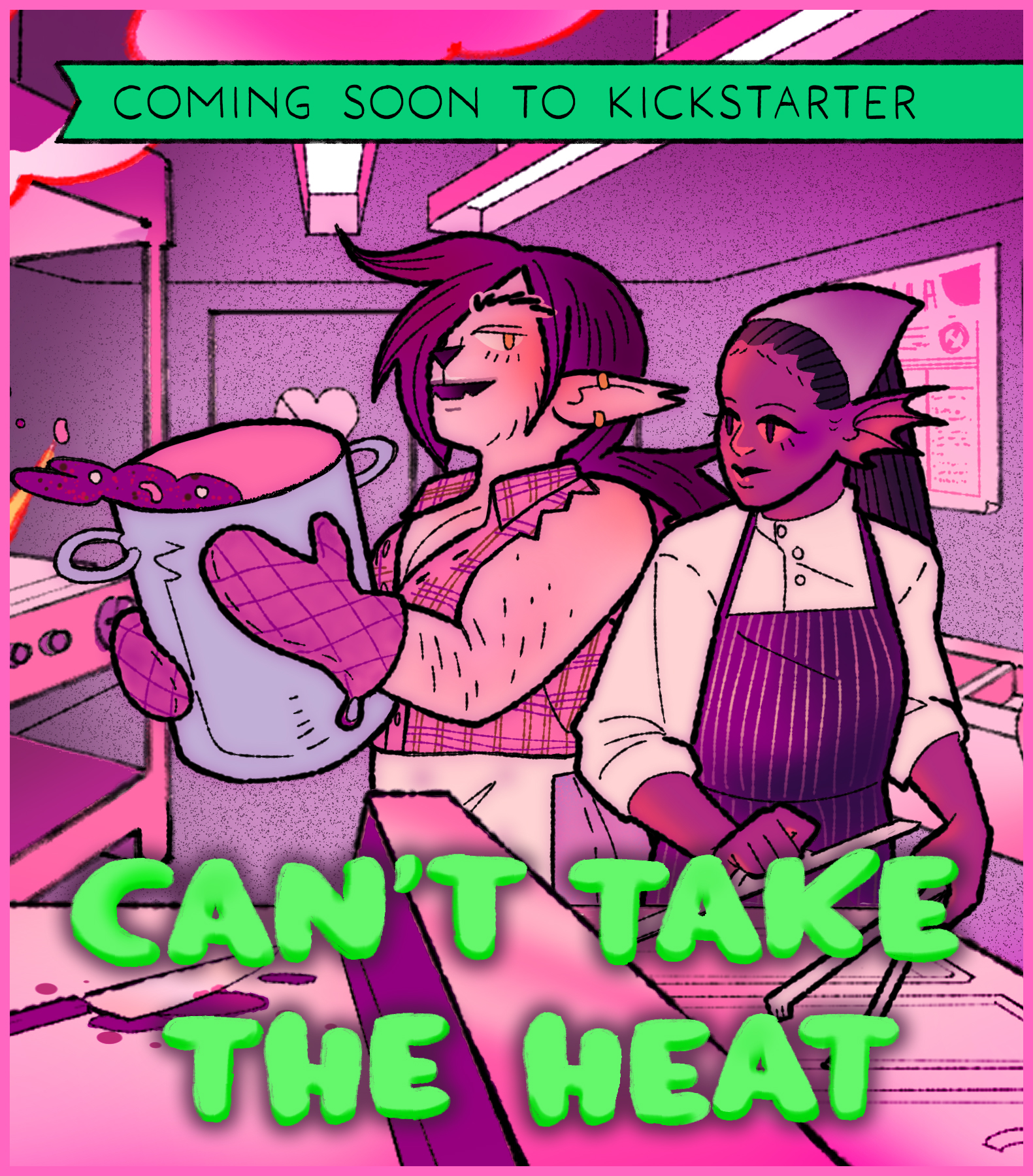Hypothetical time: you’re starting a new game and want to have all the player characters connected in a way that creates just the right amount of drama, tension, and connective tissue. There needs to be an iron-clad bond between them, but you’re having trouble coming up with the solution. Have no fear, theoretical game-starter I just created! I’m going to share what I consider one of the strongest, electrifying ways to connect the characters.
I present the person-shaped hole.
The way it works is simple. Each player character is connected, in some unique way, to a single NPC. It’s a single person between all of them, not a character for each. We’ll call this person the Linchpin, with a big proper noun, to make this entire blog post a bit easier to parse. This character is in some way charismatic and usually a leader of some kind. Think about the type of person that typically gathers a group—a mercenary leader and his band of soldiers, a cult leader and their duped subjects, the family matriarch, the king and his most trusted few, the hot shot duelist and her retinue, etc. As a group, agree on this Linchpin before you even think about characters.
Now kill the Linchpin.
And make the (metaphorical or literal) murder recent, too! Limit it to within a year or a few months from the start of the game’s calendar. The Linchpin has been the unshakeable bedrock of a social structure—the structure that all your characters stood on—and now it’s just gone. That void, this missing figure, creates a vacuum in the social web that can’t be filled and comes loaded to the gills with old baggage.
We’ve seen this a thousand times over with other stories. It just works. Having a single character as the anchor point for everyone’s bonds is both juicy and easy to grasp. Now, as a group, slot your characters into the relationship web based on the role they filled for the Linchpin. Here’s a few examples:
- The relative. Related to the Linchpin in some way, like a sibling or uncle.
- The lover. Now loveless. Do you miss the Linchpin, or are you free?
- The best friend. Inseparable. Always had the other’s back.
- The rival. Pushed back on the Linchpin, but a compatriot to the end.
- The mentor. Taught the Linchpin everything they knew.
- The child. Those are big shoes to fill.
- The subordinate. Without a leader, what purpose do they have now?
Now, of course these characters are all going to know each other, but with the Linchpin dead their relationships are going to be changing. There’s no clear leader anymore, no one making all the decisions, so everyone will need to step up. New dynamics will form. Depending on how much intraparty roleplaying you like to do, there might be some long and tense campfire scenes to handle. That’s the good stuff right there.
Here’s the interesting thing that happens with this. As the game goes on, the Linchpin becomes more and more real. The lover might have a chance to find new happiness and turn it down. The rival might finally step up. The mentor might decide that they hadn’t quite learned all the tricks of the trade. And with everything that happens, with every bond that strengthens through adventure, the Linchpin takes on more form. When you have characters asking what they think the Linchpin would have done in a situation, that’s how you know you’re cooking.
Pretty soon, you’ll all be able to see the outline with crystal clarity. A person-shaped hole, in the center of the characters, driving them on even in their absence.

Did you enjoy this post? Consider signing up to the mindstorm, my semi-regular newsletter!
